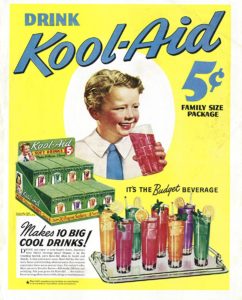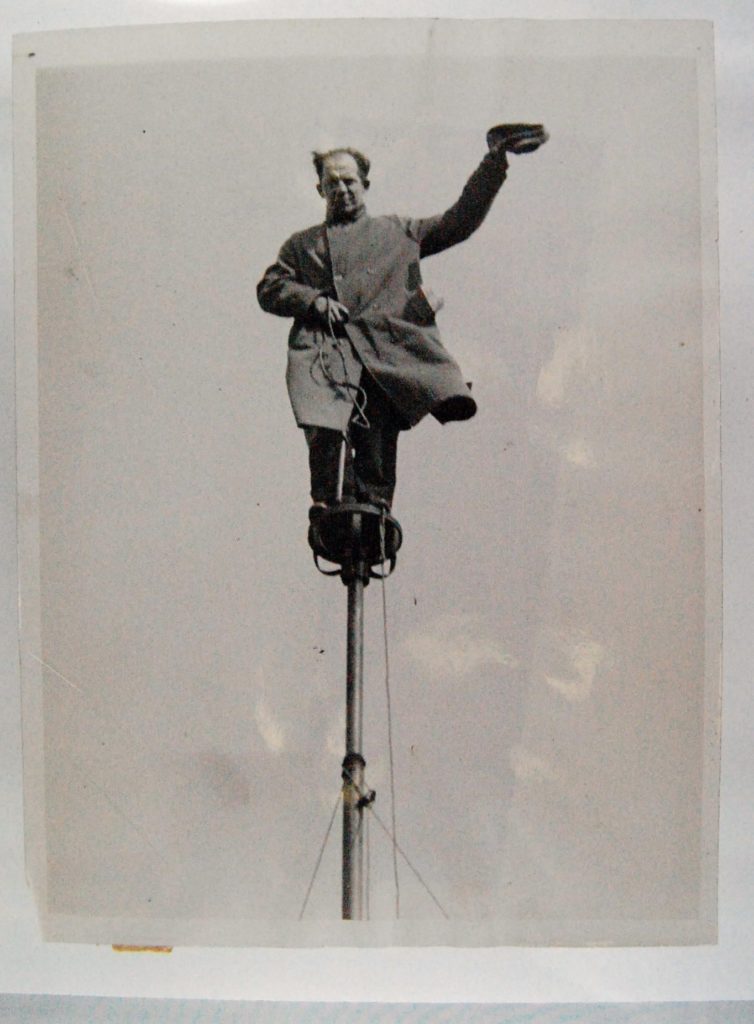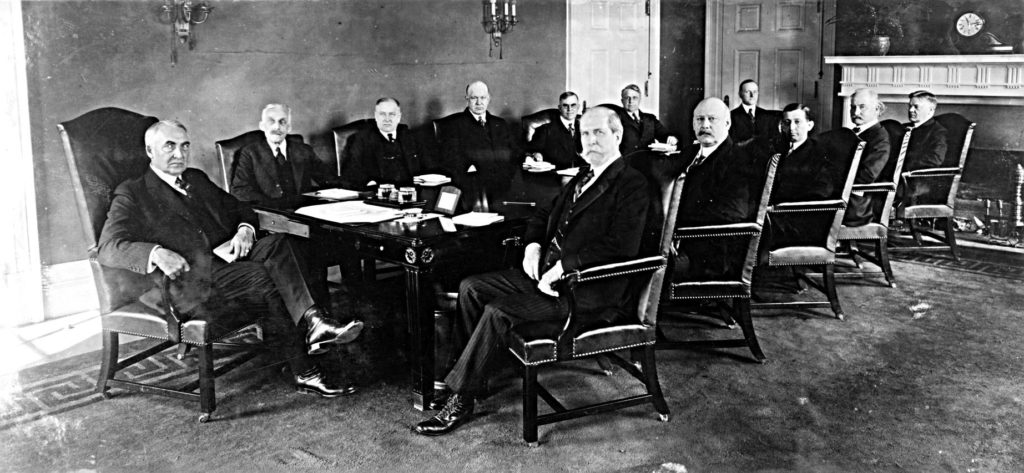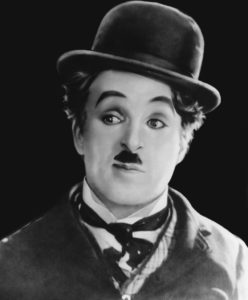The Roaring Twenties is an era unlike any other, and now, 100 years later, we are still talking about it as one of the most memorable times in history. But there are a lot of things people don’t remember (or rather, never knew) about the twenties. Continue reading to find out what those 20 things are!
1. Speakeasies weren’t an invention of the 1920s

The illegal sale of alcohol during prohibition wasn’t technically the catalyst for the speakeasy, though it definitely sparked a huge increase. These places outside of the law could trace their beginning to the 1880s, referring to an establishment that wasn’t licensed to sell alcohol and asked their customers to “speak easy”—or keep everything on the down-low—to avoid any conflict with the law.
2. A green door meant a good time

In the heart of the prohibition era, for many speakeasies, the only advertisement used was having a green door. Chances are if you saw a green door, they sold liquor behind it. Unfortunately, a lot of that liquor was made in a bathtub.
3. The government allowed medicinal alcohol

You couldn’t produce or buy booze in the US during the ‘20s due to prohibition, giving rise to bootleggers and gangsters. However, if your doctor thought you needed it, you could get some to treat ailments like cancer, indigestion, and depression.
4. A poorly done science experiment ended up saving millions of lives

What would have netted him an F in biology class became one of the most important medical discoveries of the century. After coming back from a two-week vacation, Alexander Fleming discovered that one of his staphylococcus culture plates developed mold that happened to prevent the growth of bacteria. That mold would go on to save an estimated 200 million lives. Oops.
5. Brands! Brands! All the Brands!

Wonder Bread, Baby Ruth candy bars, Kool-Aid, Welch’s Grape Jelly, Reese’s Peanut Butter Cups, Wheaties, Hostess Cakes… Sound familiar? These all popped up during the 1920s.
6. Wall Street was bombed and the perpetrators were never caught

On September 16th, 1920, someone piloted a horse-drawn cart into the heart of Wall Street during the lunch rush. Minutes later it exploded, killing more than 30 people and injuring 300. But because crews cleaned up the damage the next day, critical physical evidence was lost that may have helped identify who was behind the attack. Today, the FBI says the best lead they have is an Italian anarchist named Luigi Galleani, but the case could never be proven.
7. Thank the automobile for your next grilling sesh

For the Ford Motor Company, producing the automobile also meant burning a lot of wood and creating waste. Ford decided to bag that up and sell it under the name “Ford Charcoal.” Later, that company took on the surname of the man who helped Ford find the timberland to supply his wood: Edward G. Kingsford.
8. Birth of the workweek

A five-day, 40-hour week of work split into 8-hour increments was a brand new idea in the middle of the 1920s. If you were lucky, you got one day per week to catch your breath and sanity. But in 1926, the Ford Motor Company instituted the 40-hour workweek for its factory workers, as well as office employees soon after. The change increased productivity and soon became standard practice throughout the US and much of the world.
9. Hey, stop sending your kids through the mail!

It had to be said in 1920. It wasn’t technically illegal to send your kid via the US Postal Service’s large parcel shipping. Since postage was cheaper than a train ticket, some in rural America took advantage and sent their children with the mailman to see grandma (don’t worry, they weren’t packed away in bags or boxes, they just had postage attached to their shirts). One such case even inspired a children’s book called “Mailing May.”
10. Robots were invented… Well, the word, anyway

Czech writer Karel Capek introduced the world to his play R.U.R., in which a factory produces synthetic humans who—at first—are happy to do the work for real human beings. But later, that attitude shifts quickly and they revolt, destroying the human race. Yikes. Knowing that, not surprisingly, the Czech word used to describe these synthetic humans—“robot”—means “slave” or “slave labor.”
11. The greatest thing since…?

What did they say before 1928? That was the year that a Missouri baker used Otto Frederick Rohwedder’s new invention to sell pre-sliced bread loaves. Oddly enough, they didn’t sell very well at first because they “looked sloppy.”
12. Flagpole sitting

If you thought planking was weird, the 1920s had something just as crazy. Among some of the strangest dares that turned into crazes across the country, climbing up and sitting on top of a flagpole for as long as possible became all the rage. And people took it seriously. The man credited with starting the craze, Alan “Shipwreck” Kelly, set a record in 1929 of sitting on a pole for 49 days only to have his record broken the next year by a guy who sat for 51 days until a storm forced him down.
13. Jail for sale!

Some people were convinced that Prohibition—“the noble experiment”—would work so well that crime would all but disappear. So, towns across the US tried to sell their jailhouses. But not only did crime increase during prohibition, the criminals themselves sometimes rose to a celebrity status of infamy.
14. Scandalous!

Warren G. Harding’s presidency marked a return of business-forward policies at the federal level not seen since the gilded era of the late 19th century. This would continue with Calvin Coolidge in his “laissez-faire” take on business policy. However, the Harding presidency was marred by scandals, one of which led to the first cabinet member ever sent to prison for a year on charges of accepting bribes from oil companies.
15. Radio was born in Pennsylvania

Pittsburgh’s KDKA became the first commercial radio station in the US in 1920. Just three years later, there were more than 500 radio stations in the country, and radios became mass produced.
16. Jazz + Radio = The next big music style

African American musicians migrated north to larger cities like New York and Chicago to escape the pervasive racism of the south and brought jazz with them. Jazz clubs rose in popularity, and with the advent of radio, that popularity exploded. Fans no longer had to physically go down to clubs to enjoy their music; they could do so from the comfort of their own homes.
17. “Art Deco” comes to the US

What would become a dominant style of US design for decades began in Europe. “Art Deco”—short for Arts Decoratifs—refers to the design style characterized by geometric shapes and lavish curves. The style influenced architectural design as well, and can be seen in famous skyscrapers like New York City’s Chrysler Building.
18. Hollywood sees a sign

Harry Chandler, a publisher and real estate mogul, put up a sign in the hills reading “Hollywoodland” for a grand total of $21,000. He really only meant it to stay for a little over a year. The Great Depression saw the sign deteriorate, but it was restored in the late 1940s (without the “land”).
19. The first movie stars

Though motion picture had been around since the beginning of the century, the fame associated with actors in those films really took off in the early 1920s. Extra change in the pockets of many Americans meant more and more could go out and enjoy the new “movie palaces” that were popping up in larger cities. The undisputed king of motion pictures at the time was a man named Charlie Chaplin, whose filmography includes 80 films over the course of his life.
20. Who’s this “Disney” guy…?

“Talkies,” as movies with sound were called, basically changed the game for movie studios overnight with the first of its kind, The Jazz Singer, starring Al Jolson. Animation studios soon followed suit, including a studio owned by Walt Disney. That studio released a short in 1928 called “Steamboat Willie,” introducing the world to Mickey Mouse.



